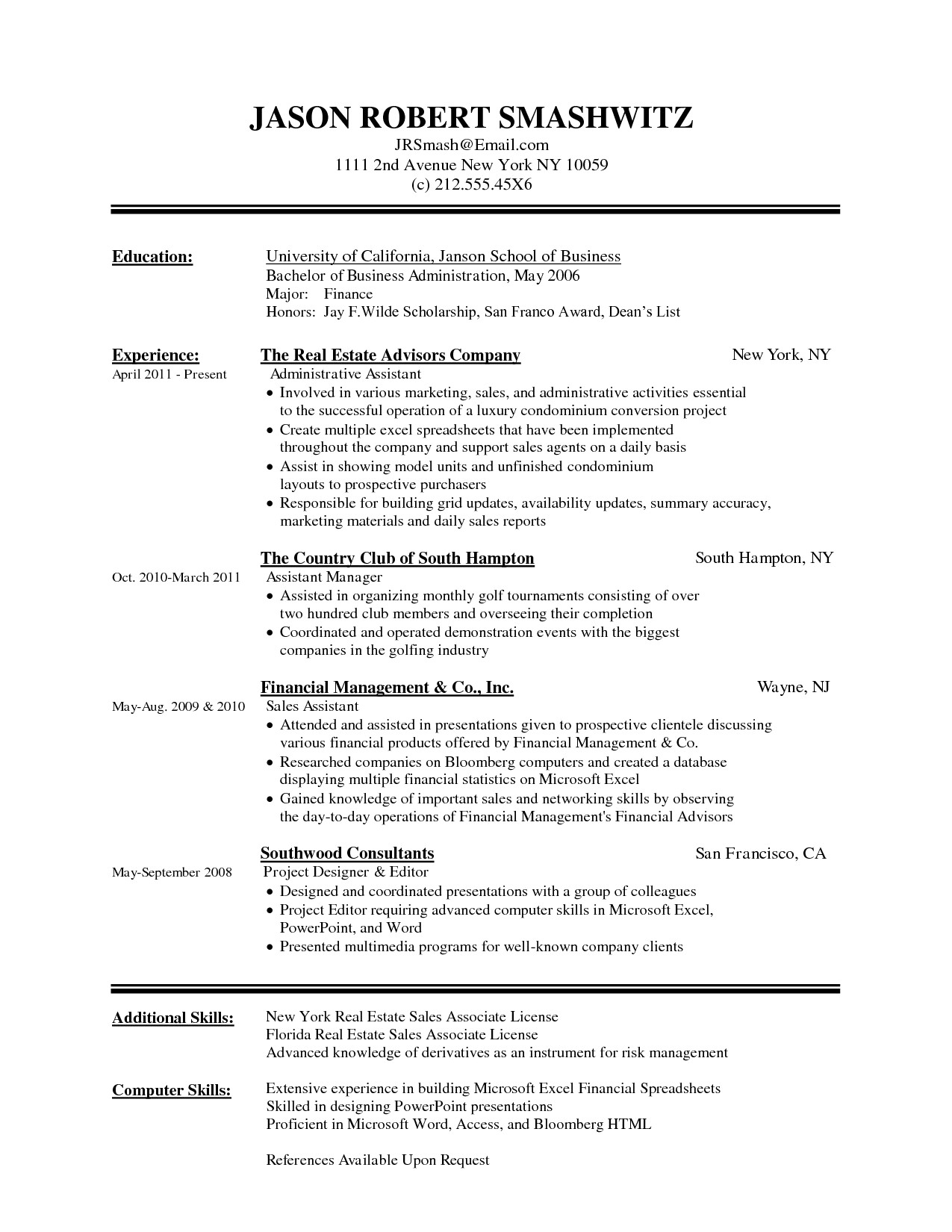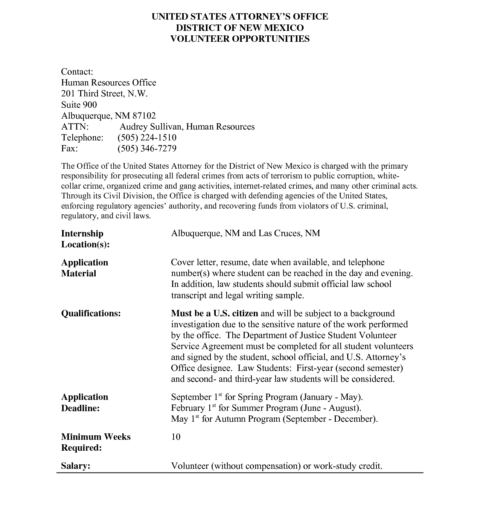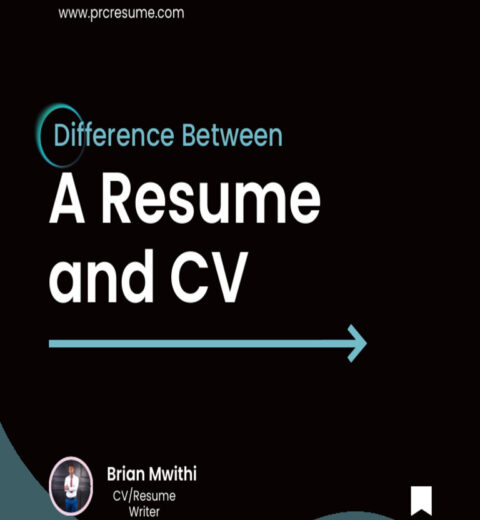In the competitive milieu of job searching, a meticulously crafted resume is paramount. It serves as your professional calling card, summoning interest from potential employers and spotlighting your qualifications. However, the task of filling out a resume can often feel daunting. Understanding the strategic placement of information is crucial. Here lies a comprehensive guide on how to effectively populate your resume, elucidating what goes where and why it matters.
1. Contact Information:
The pinnacle of your resume should present your contact information clearly and concisely. The rationale is straightforward: potential employers need a streamlined method to reach you. Include your full name, phone number, email address, and LinkedIn profile if applicable. It is advisable to use a professional-sounding email address, ideally a combination of your first and last name. Position this section at the very top to ensure immediate visibility.
2. Summary Statement:
Following your contact information, a summary statement concisely encapsulates your professional identity and career intentions. This brief paragraph should encapsulate your years of experience, key skills, and a statement regarding your career objectives. The use of action verbs can inject dynamism into this section. For instance, instead of merely stating “experienced in project management,” one might assert “dynamic leader with over seven years of adept project management.” This immediately conveys your capability, beckoning further interest.
3. Work Experience:
Arguably the most significant section of your resume is the work experience segment. This is where you can delineate your professional trajectory and substantiated accomplishments. List your experiences in reverse chronological order, starting with your most recent position. For each role, include your job title, the company name, location, and dates of employment. Follow this with bullet points that enumerate specific responsibilities and achievements.
It is prudent to quantify your accomplishments whenever feasible. For example, instead of saying, “managed a team,” opt for “led a team of ten in exceeding sales targets by 20%.” Such specificity not only showcases your contribution but elucidates the value you can bring to prospective employers.
4. Education:
The education section encapsulates your academic credentials. Similar to the work experience section, it should follow reverse chronological order. Start with your highest degree first, noting the institution’s name, location, and graduation date. If you graduated with honors, such as Cum Laude or Magna Cum Laude, this is also merit-worthy of mention. For recent graduates, relevant coursework or extracurricular activities can augment this section, showcasing skills that relate to the job you’re applying for.
5. Skills:
The skills section is where you showcase your proficiencies that align with the job in question. Tailoring this list to reflect the keywords from the job description can significantly bolster your employability. Categorize your skills into two groups: hard skills and soft skills. Hard skills are quantifiable, such as proficiency in programming languages or software applications. Conversely, soft skills include attributes like communication and leadership, offering a holistic view of your capabilities.
6. Additional Sections (Certifications, Volunteering, etc.):
Adding depth to your resume can be facilitated through supplementary sections. If you possess relevant certifications, include them after your education. Such credentials often signal expertise in specific domains and can distinguish you from other candidates.
Volunteer work, too, can provide a unique perspective. This not only highlights your commitment to community engagement but may also reveal transferable skills. If the volunteer experience pertains to your career path, emphasize the skills acquired during these endeavors.
7. Formatting and Length:
While the content within your resume is crucial, the format bears equal significance. An uncluttered design enhances readability and conveys professionalism. Utilize bullet points for easy scanning and clear section headers to guide the reader through your qualifications. It’s generally advisable to limit your resume to one page, particularly for early career professionals. However, those with extensive experience may extend to two pages, ensuring all essential information is meticulously included.
8. Tailoring Your Resume:
In the era of automated applicant tracking systems, tailoring your resume is no longer optional; it is imperative. Each job application should be met with a tailored resume, incorporating specific keywords and phrases that reflect the job description. This not only enhances the likelihood of passing initial screenings but demonstrates your genuine interest and effort towards the position.
9. Proofreading:
Lastly, the act of proofreading your resume can be transformative. Typos and grammatical errors betray carelessness, potentially undermining your professional image. A thorough review can catch inadvertent mistakes. Soliciting feedback from peers or utilizing professional services can also provide invaluable insights into areas for improvement.
In conclusion, filling out a resume requires not only an understanding of what goes where but also a strategic approach to how to communicate your qualifications effectively. Each section serves a distinct purpose, collectively forming a narrative of your professional journey. This meticulous attention to detail can ultimately become the fulcrum upon which your career pivots, paving the way for new opportunities and professional growth.




